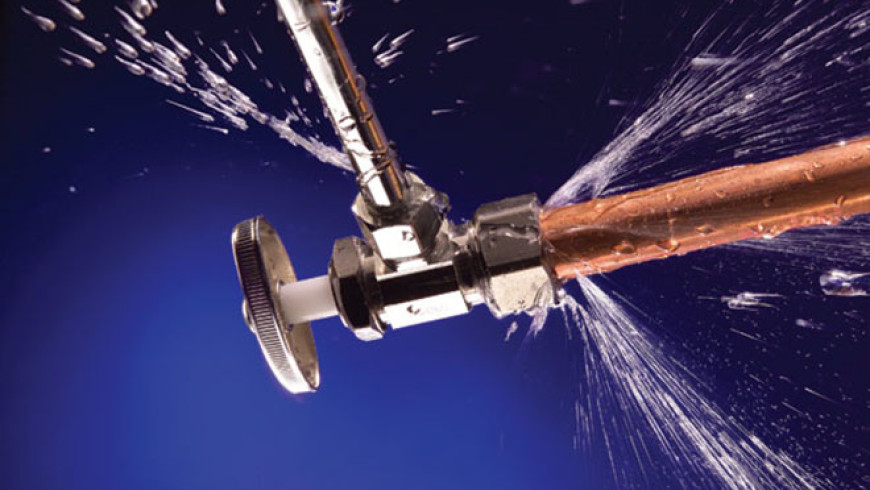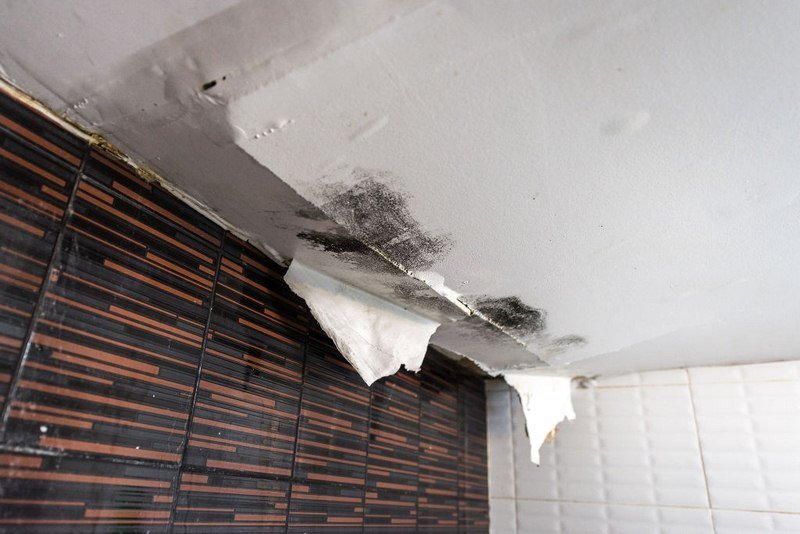Discover What Leads to Water Seepage in Your Residence
Discover What Leads to Water Seepage in Your Residence
Blog Article
We've found the article pertaining to How to detect water leaks in your home listed below on the web and figured it made good sense to talk about it with you over here.

Leakages not just trigger waste of water yet can additionally create unneeded damage to your home and promote unwanted natural development. However, water leakages may go undetected considering that the majority of the pipework in our home is hidden. By comprehending and looking for day-to-day circumstances that trigger leaks, you can safeguard your home from future leaks and also unneeded damages. Today, we will look at six leakage creates that might be triggering your pipes to drip.
Trespassing origins
The majority of water leaks begin outside the residence rather than inside it. You could discover damp patches or sinkholes in your backyard, and that may mean that tree origins are invading water lines triggering water to permeate out.
Corroded water supply
As time passes by, your plumbing system ages as well as deterioration such as rust might begin eating away the pipelines. This might be the root cause of discoloration or warping on your pipes. This calls for an inspection with your plumber right away. If our plumbing system is old, consider replacing the pipes given that they are at a higher danger of deterioration than the more recent versions.
Faulty Pipeline Joints
The factor at which your pipelines connect is frequently the weakest web link in the waterline. Pipeline joints can deteriorate in time, leading to water leaks. The bulk of pipeline joints are not quickly noticeable. If you have loud pipelines that make ticking or banging sounds, particularly when the warm water is switched on, your pipeline joints are possibly under a great deal of stress. It is suggested to have your plumber check your system yearly.
Instant temperature changes.
Extreme temperature changes in our pipes can create them to increase and also acquire unexpectedly. This development as well as contraction may cause cracks in the pipelines, specifically if the temperature are below freezing. It would be best if you kept an eye on just how your plumbing functions. The visibility of the formerly pointed out situations regularly shows a high danger.
Poor Water Connectors
Sometimes, a leak can be triggered by loose tubes as well as pipes that provide your home appliances. Usually, moving is what creates the loosened water Connections. You could find when it comes to a cleaning machine, a tube may spring a leakage because of drinking throughout the spin cycle. In case of a water connections leakage, you may notice water running straight from the supply line or puddles around your home appliances.
Blocked Drains
Clogged drains could be frustrating and also inconveniencing, but they can occasionally end up triggering an overflow bring about rupture pipelines. Keep eliminating any materials that might go down your drains that can clog them to prevent such inconveniences.
All the above are root causes of leaks yet not all water leaks result from plumbing leakages; some leaks might come from roofing leakages. All leakages should be repaired quickly to avoid water damages.
Leakages not just cause waste of water yet can likewise create unnecessary damages to your home as well as advertise undesirable natural growth. By looking and also understanding for everyday circumstances that trigger leaks, you can shield your residence from future leaks and also unneeded damage. Today, we will certainly look at 6 leakage creates that may be causing your pipes to drip.
At times, a leak can be caused by loose hose pipes and pipelines that supply your home appliances. In situation of a water links leakage, you might notice water running straight from the supply line or pools around your devices.
How To Check For Water Leak In Your Home
How To Check for Leaks
The average household's leaks can account for nearly 10,000 gallons of water wasted every year and ten percent of homes have leaks that waste 90 gallons or more per day. Common types of leaks found in the home are worn toilet flappers, dripping faucets, and other leaking valves. These types of leaks are often easy to fix, requiring only a few tools and hardware that can pay for themselves in water savings. Fixing easily corrected household water leaks can save homeowners about 10 percent on their water bills.
To check for leaks in your home, you first need to determine whether you're wasting water and then identify the source of the leak. Here are some tips for finding leaks:
Take a look at your water usage during a colder month, such as January or February. If a family of four exceeds 12,000 gallons per month, there are serious leaks.
Check your water meter before and after a two-hour period when no water is being used. If the meter changes at all, you probably have a leak.
Identify toilet leaks by placing a drop of food coloring in the toilet tank. If any color shows up in the bowl after 10 minutes, you have a leak. (Be sure to flush immediately after the experiment to avoid staining the tank.)
Examine faucet gaskets and pipe fittings for any water on the outside of the pipe to check for surface leaks.
Undetected water leaks can happen without the home or business owner even realizing. If you suspect a water leak, but not able to find the source. It is time to contact a professional water leak detection service, The Leak Doctor.
How To Find a Water Leak In Your Home
https://www.leakdoctor.com/blog/How-To-Check-For-Water-Leak-In-Your-Home_AE197.html

I'm very inquisitive about How to detect water leaks in your home and I am hoping you appreciated the new page. Do you know about someone else who is in the market for the subject? Please feel free to promote it. Thank you for your time. Please check our blog back soon.
Book Now Report this page